Tools and Test Equipment
The following tools and equipment are required for installation.
-
Torque wrench capable of 5 to 12 ft-lbs (6.8 to 16.3 Nm)
-
4-inch to 6-inch extension for torque wrench
-
1/2-inch socket for strand clamp bolts and cover bolts
-
1/4-inch flat-blade screwdriver
-
#2 Phillips-head screwdriver
-
Long-nose pliers
-
1/2-inch deep-well socket for seizure connector
-
True-RMS digital voltmeter (DVM)
-
EXFO FOT 22AX optical power meter with adapters
-
Optical connector cleaning supplies
-
Optical connector microscope with appropriate adapters for your optical connectors
Node Fastener Torque Specifications
Be sure to follow these torque specifications when assembling/mounting the node.
|
Fastener |
Torque Specification |
Illustration |
||||
|---|---|---|---|---|---|---|
|
Housing closure bolts |
5 to 12 ft-lbs (6.8 to 16.3 Nm) |
 |
||||
|
Test point port plugs Housing plugs |
5 to 8 ft-lbs (6.8 to 10.8 Nm) |
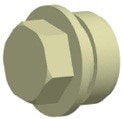 |
||||
|
Strand clamp mounting bracket bolts |
5 to 8 ft-lbs (6.8 to 10.8 Nm) |
 |
||||
|
Pedestal mounting bolts |
8 to 10 ft-lbs (10.8 to 13.6 Nm) |
 |
||||
|
Module securing screws |
25 to 30 in-lbs (2.8 to 3.4 Nm) |
 |
||||
|
RF Amplifier assembly shoulder screws (cross head screw) |
18 to 20 in-lbs (2.0 to 2.3 Nm) |
 |
||||
|
Seizure nut |
2 to 5 ft-lbs (2.7 to 6.8 Nm) |
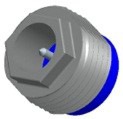 |
||||
|
RF cable connector |
Per manufacturer instructions |
 |
||||
|
Fiber optic cable connector |
20 to 25 ft-lbs (27.1 to 33.9 Nm) |
 |
||||



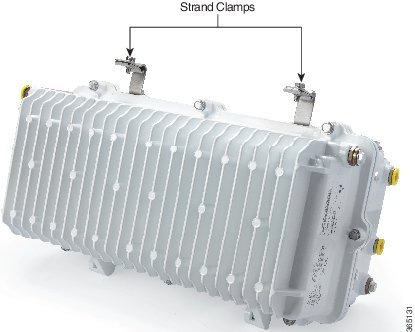
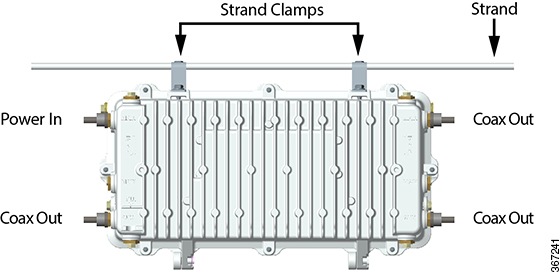
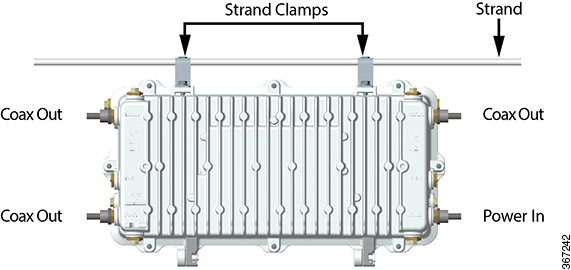
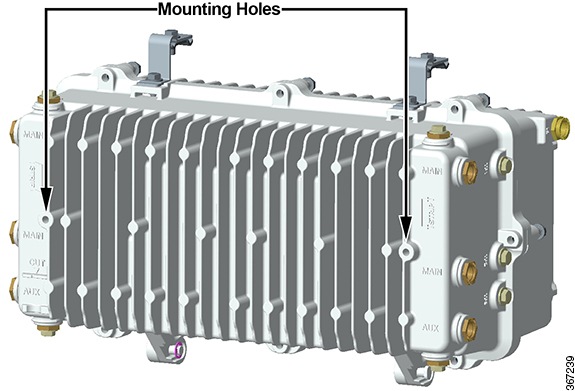
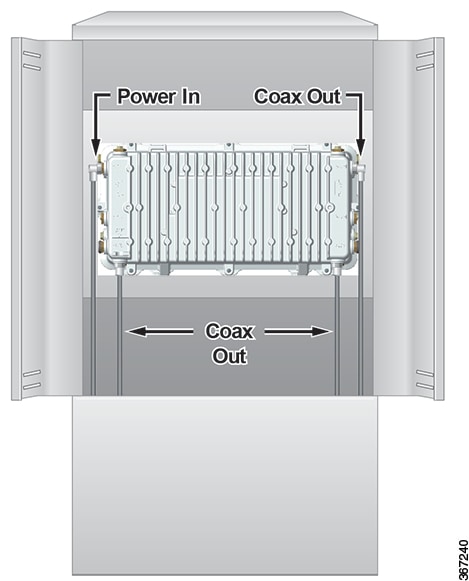
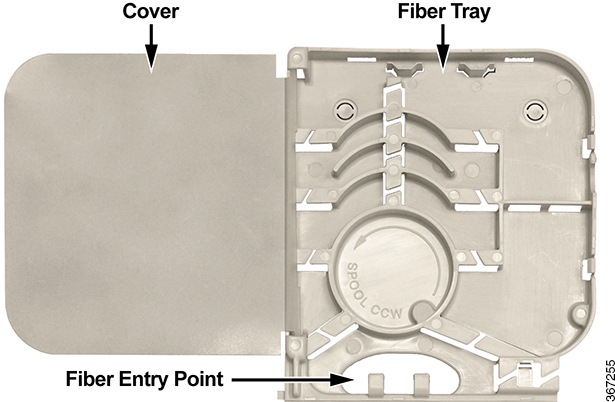
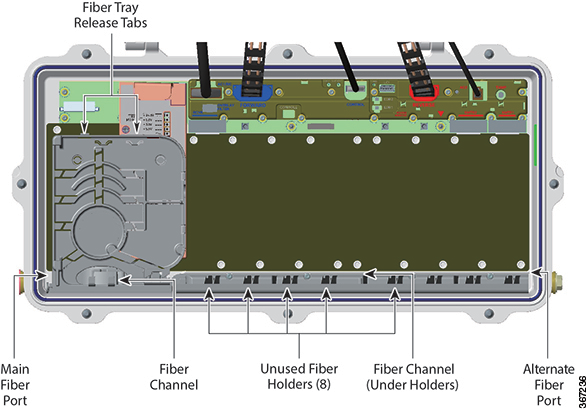
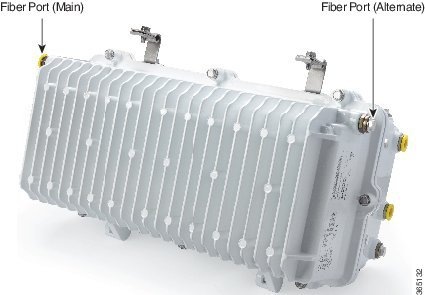
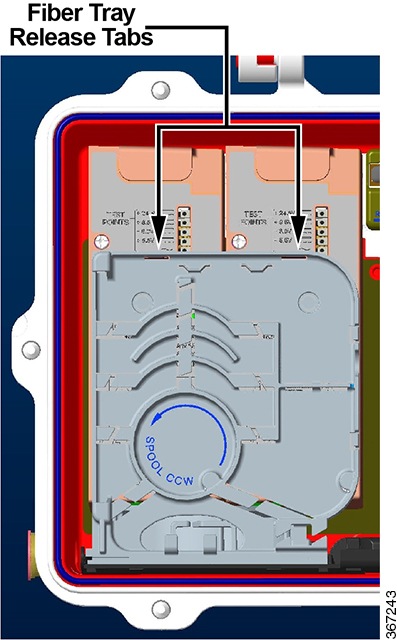
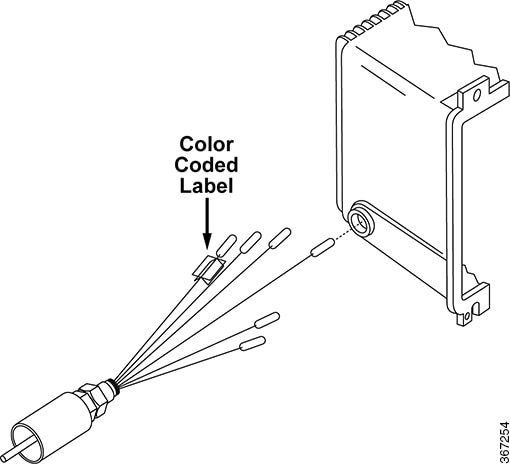
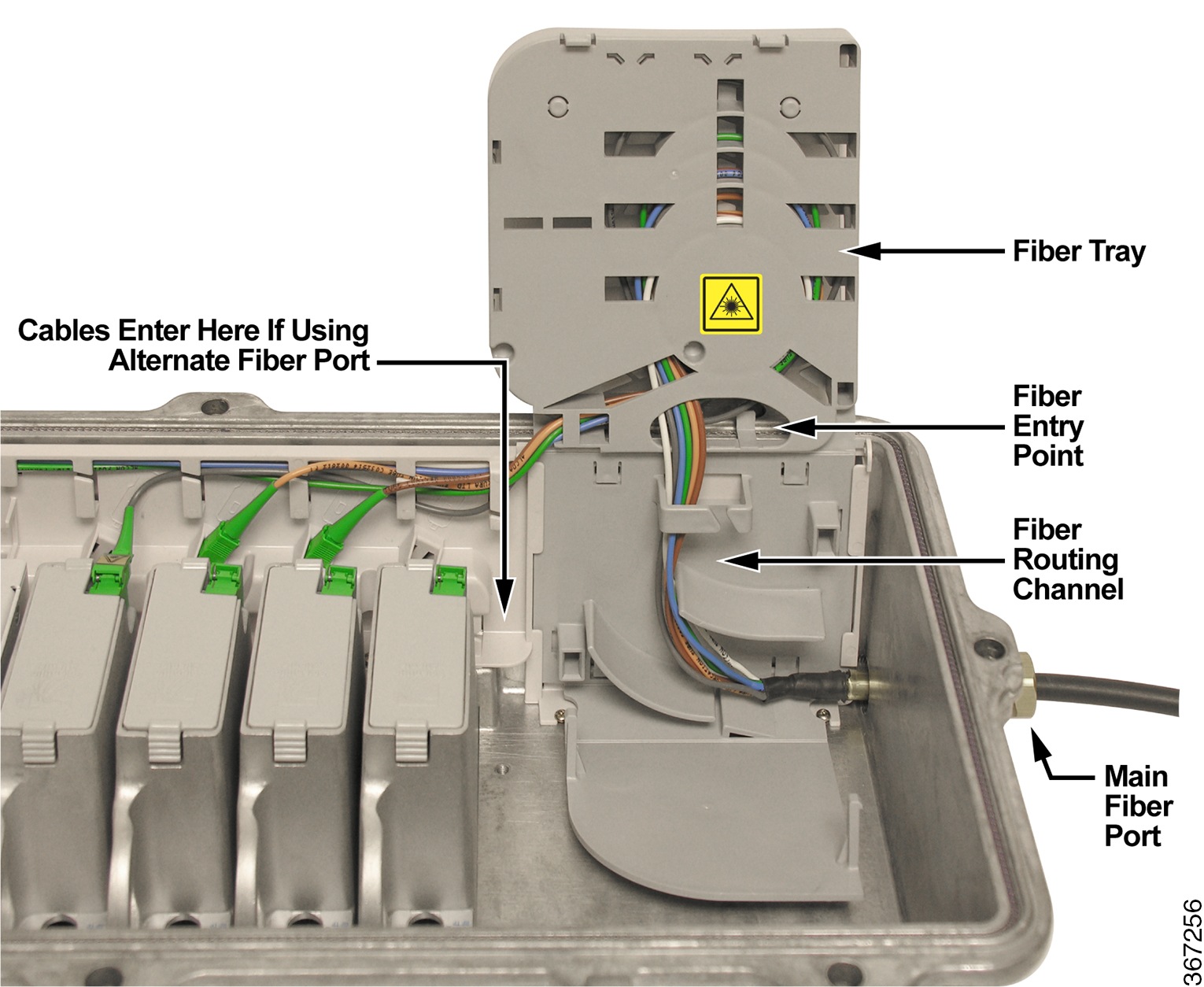
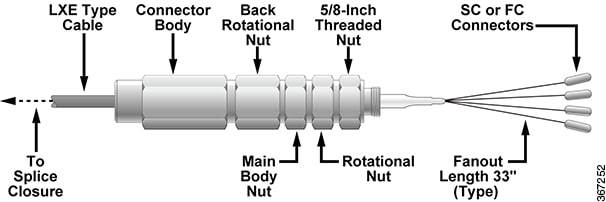
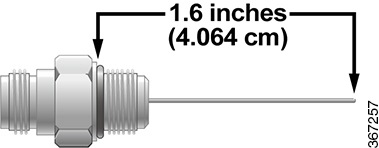
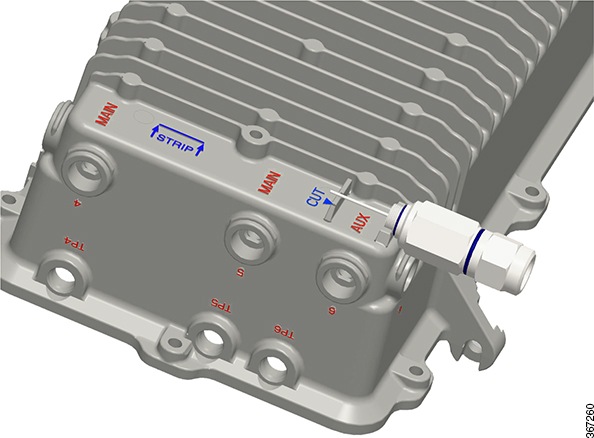
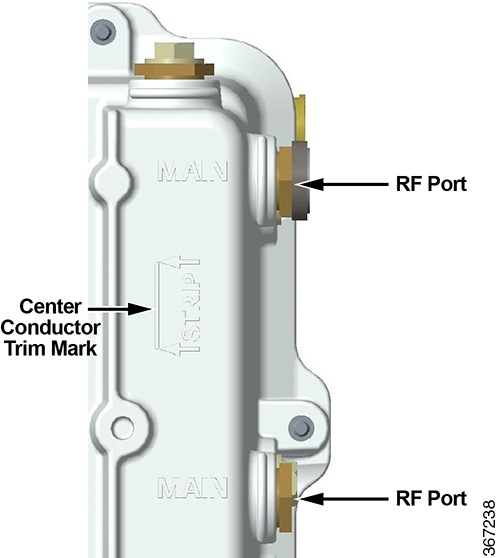
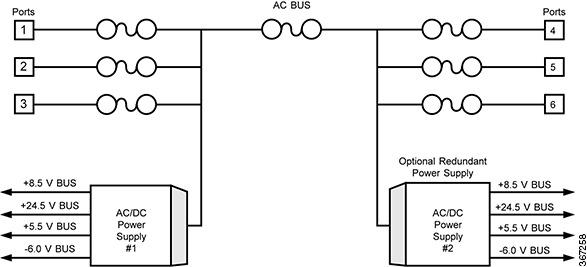
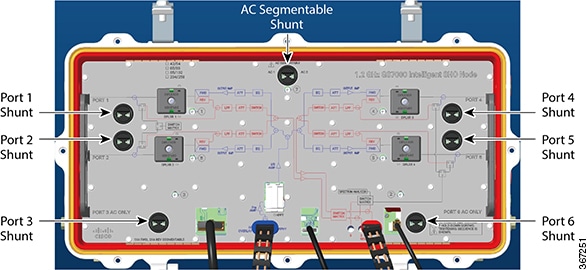
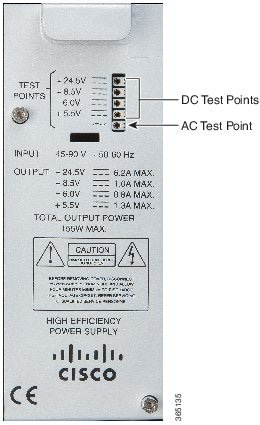
 Feedback
Feedback